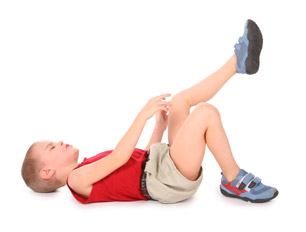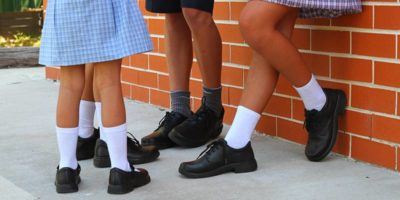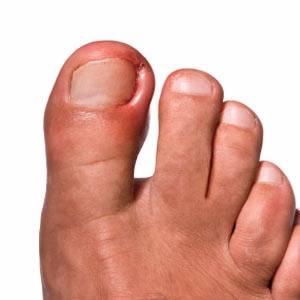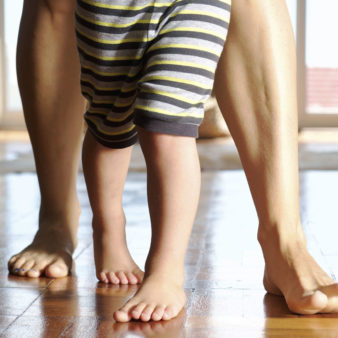Children’s Heel Pain (Sever’s Disease)
What is Sever’s disease?
Sever’s disease (calcaneal apophysitis) is the most common cause of heel pain in children, particularly in physically active adolescents who are about to begin puberty. Sever’s disease is a painful inflammation of the heel’s growth plate, which is located in the lower back of the heel, where the Achilles tendon (the heel cord that attaches to the growth plate) attaches. It typically affects children between the ages of 8 and 14 years old during periods of rapid growth, because the heel bone (calcaneus) is not fully developed until approximately 15. Until then, the repetitive stress of physical activity can irritate the growth plate resulting in pain.
Causes of Sever’s disease
Overuse and stress to the heel is the primary cause of Sever’s disease. The heel’s growth plate remains weak and sensitive until it is fully formed, and the repetitive stresses of sport and activities that involve a lot of heel movement can cause irritation to the growth plate. Children going through periods of rapid growth are more at risk due to the heel bone growing faster than the attaching muscles. The results in the Achilles tendon being pulled very tightly on the growth plate, causing pain and inflammation.
Risk factors include:
- Sports that involve running and jumping on hard surfaces (basketball, netball athletics)
- Standing for long periods, which places constant pressure on the achilles tendon
- Poor footwear
- Flat feet (over pronated)
- Obesity
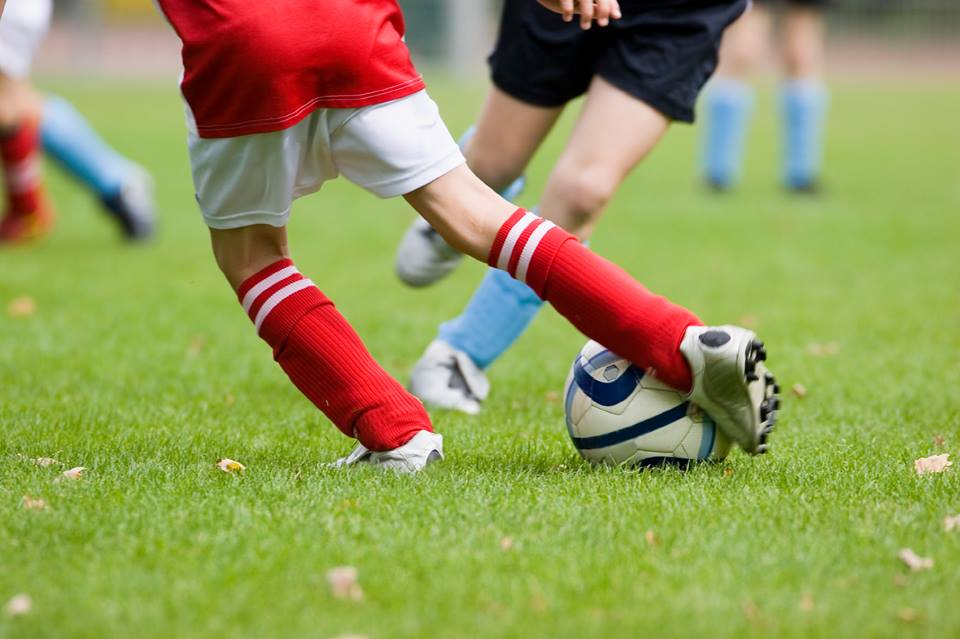
Symptoms of Sever’s disease
Symptoms of Sever’s disease include:
- Pain, swelling and redness in the back or bottom of the heel
- Limping
- Walking on toes
- Difficulty running, jumping, or participating in usual activities or sports
- Pain when the sides of the heel are squeezed
Treatment of Sever’s disease
It is important a podiatric assessment be performed to rule out other more serious conditions. It is also recommended that early treatment takes place as symptoms can quickly progress without the appropriate steps being taken. At OnePoint Podiatry a Biomechanical Assessment is performed. During the assessment our podiatrists will obtain a thorough medical history and asks questions about recent activities. Examination for the the child’s foot and leg will also take place, along with assessment of any potential causative or risk factors. X-rays are also often used to evaluate the condition. Assessment findings are then used to develop a treatment plan specific to the child. Some treatment options may include:
- Rest. Avoid activity that cause irritation and stress to the heel.
- Ice. To ease pain and swelling. Do this for 20-30 minutes every 3 to 4 hours for 2 to 3 days, or until the pain is gone. At OnePointHealth we also provide Game Ready Ice Compression system.
- Compression. compression bandages help to reduce swelling.
- Elevation. Raising the foot above the level of the heart helps to reduce swelling.
- Physical therapies. Rehabilitation programs help to promote healing and range of motion.
- Anti-inflammatory. Nonsteroidal anti-inflammatory drugs (NSAIDs), like ibuprofen, naproxen, or aspirin, will help with pain and swelling.
- Immobilisation. In some severe cases of heel pain, a cast may be used to promote healing while keeping the foot and ankle totally immobile.
- Adequate footwear. Supportive footwear may also be recommended to stabilise the foot and ankle to reduce stress on the heel bone.
- Taping/Bracing. Taping or bracing can help to stabilise the foot and ankle and reduce excessive stress on the Achilles tendon and heel bone.
- Orthotic therapy: A custom orthotic device placed in the shoe can help stabilise the foot and address possible causative factors such as flat feet.
